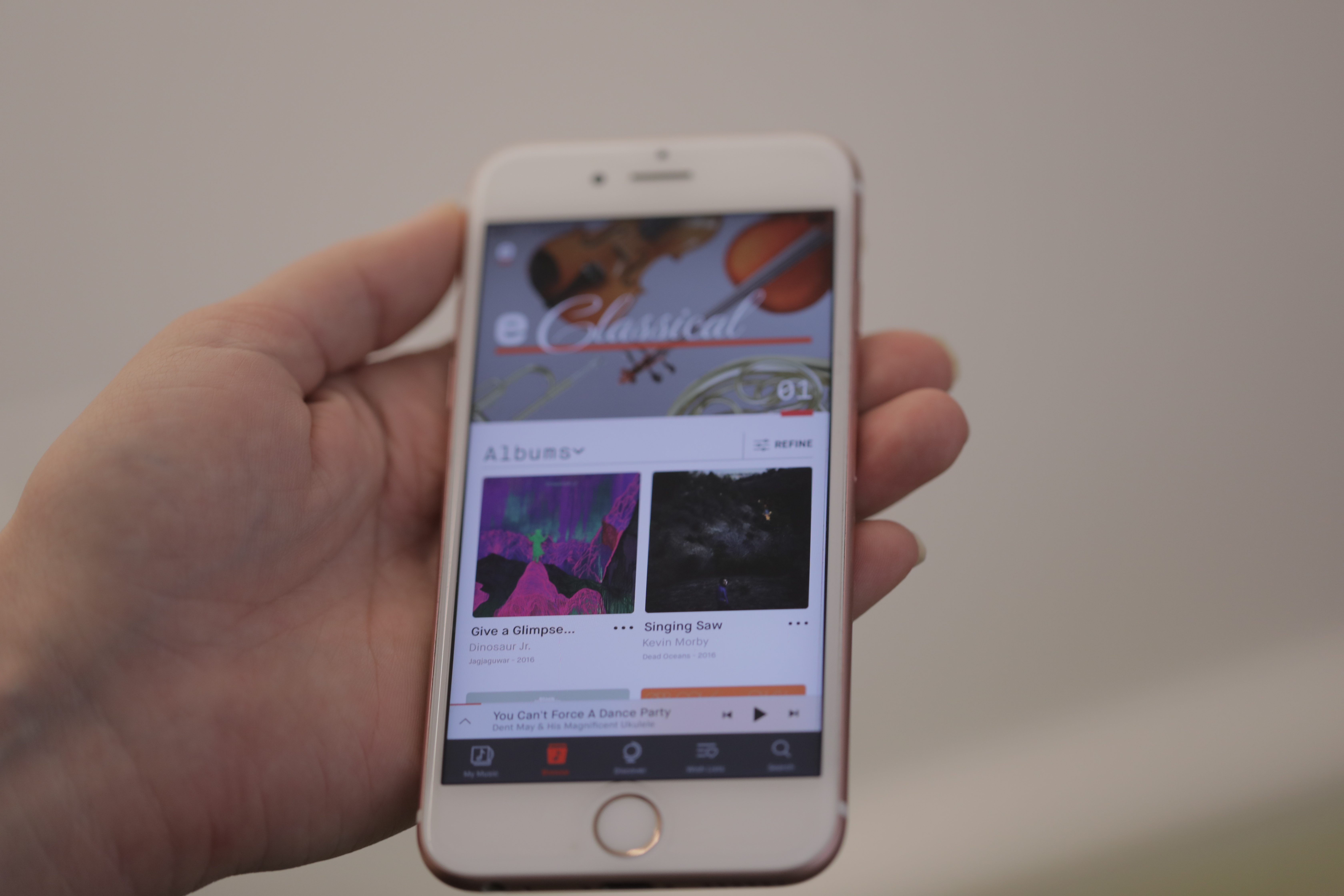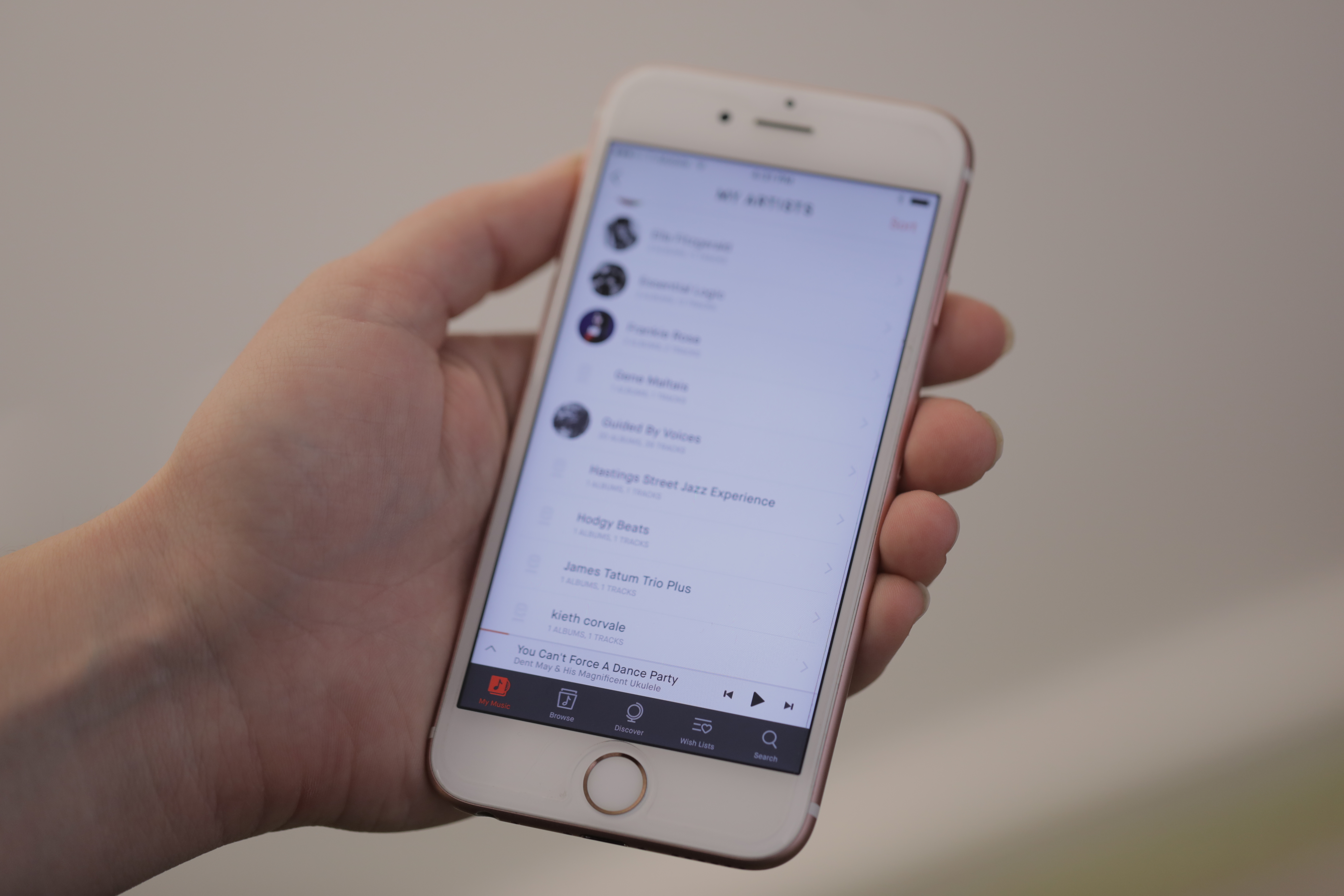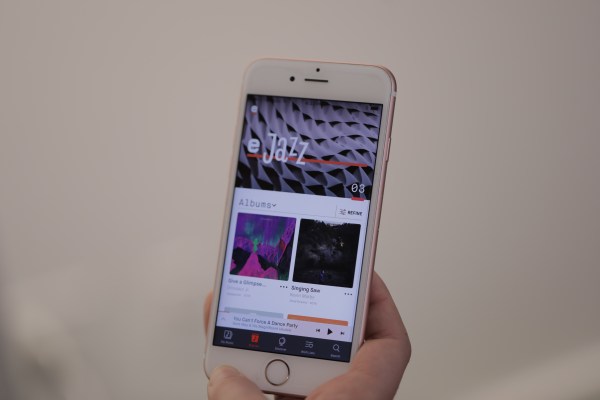Take a moment to consider all that has transpired in your life and the world since the last time you logged into eMusic. For me, it’s been roughly five years, I think, and among a few other slightly more consequential things, I (like much the rest of the world), have begun consuming music completely differently. But the brand, which re-launched this week with a design and rejiggered business model, believes it will win you, the music fanatic back.
CEO Tamir Koch, who took control of the company when his Israel-based media startup TriPlay purchased the brand back in 2015, is convinced that he can do so. And he happily tells me so during a conversation following the relaunch. “I’m going to turn you back into a user,” he tells me over the phone, with a sort of brashness that defines much of the conversation. “I don’t care if you write about us or not. My purpose will be to get you back to a user.”
I’ll be the first to admit that the new model is a compelling one. Gone are the days of the subscription service that offered deep discounts on indie music tracks. While the price cuts remain, the subscription aspect is gone entirely. Instead, the newly launched service is built around a music locker. That part, at least, is familiar for veterans of the digital music game.

Interestingly, the company tells me that it’s not supplementing your music with its own database, unlike other locker services. “The files you upload are the files you listen to,” a rep for the company told me. It’s not supplemented in any way and is hosted on eMusic cloud (TriPlay’s cloud).”
That means, among other things, that any sort of obscure tracks you might own that don’t count among the company’s 32 million are included in the My Music section once you’ve uploaded them. And storage is unlimited.
Once they’re stored, you can access them through any device you can load eMusic on in the browser or as a standalone app. In that sense, it’s not entirely unlike Spotify or Apple. The nutty thing about the model is that it’s all free. eMusic eats the hosting cost.
The company plans to make money from the aforementioned purchases. It’s a tricky proposition given the relative ease with which many of us jumped over to subscription-based service. In order to actually start making money, eMusic will have to get you to switch back.

The service plans to accomplish this by hooking you in with its free offering. Start using it as a locker, and maybe you’ll start purchasing music again, courtesy of the recommendations it offers up based on what you’ve got saved in My Music. As far as how it gets you through the door in the first place, that will require, to some degree any residual warm and fuzzy feeling you’ve got held over from eMusic’s halcyon days.
While I did use the service back in the day, it mostly revolved around subscribing and unsubscribing based on discount subscription emails the company would send out. On my end, at least, I’m not sure what I get when I think of the service is an overwhelming sense of nostalgia – but certainly word of the new model was enough to make me check it out. And when TriPlay bought eMusic, it also bought a big database of former users.
“We’re looking at 10s of billions of records of purchase history and millions and millions of users,” says Koch. “When we bought eMusic absolutely for the brand. We bought it for the music base, because those are music lovers. At the end of the day, that’s who we’re talking to. When we bought it, we knew that, as a download store, it doesn’t have a chance. But we have a model now that works.”
So if you’ve ever used the service, expect to get an email soon, heralding its return, in much the same way MySpace did with its grand reemergence – assuming, of course, that email address is still active.

Like I said, it’s compelling. I’ve been playing around with it for a bit. If nothing else, I like that I’ve had a reason to go back and listen to music on my hard drive that I’ve long forgotten about, and the ability to access obscure weirdness that simply doesn’t exist on services like Spotify is pretty great for a dyed in the wool music nerd such as myself.
But the UI of the mobile app leaves quite a bit to be desired, and as for actually purchasing new music through the service, I’ll likely pass. Which brings us back to the beginning. In order to have a successful business model, eMusic is going to have to do more than just getting you to play with its free service. It has to find a truly compelling way to get users to spend their hard-earned cash on music downloads, a sentiment that almost feels like a relic from another day.
And if it can’t figure out how to seal the deal, don’t expect the free aspect to stick around for much longer.
